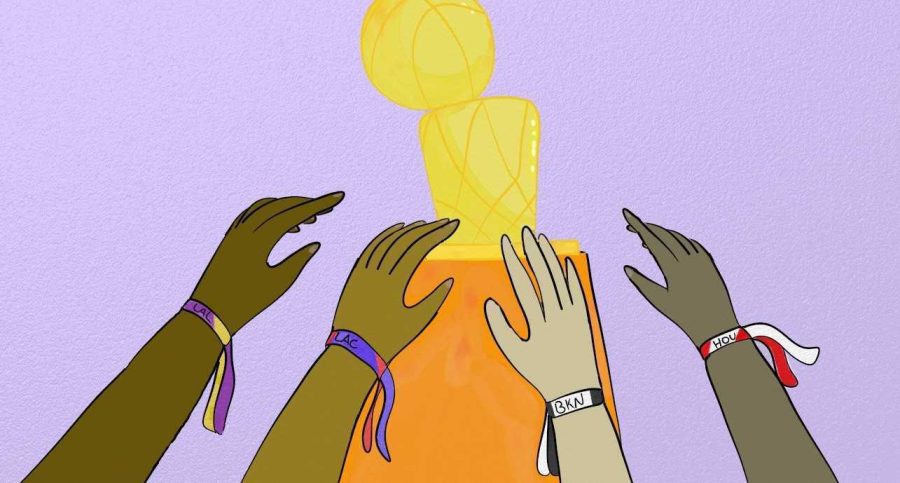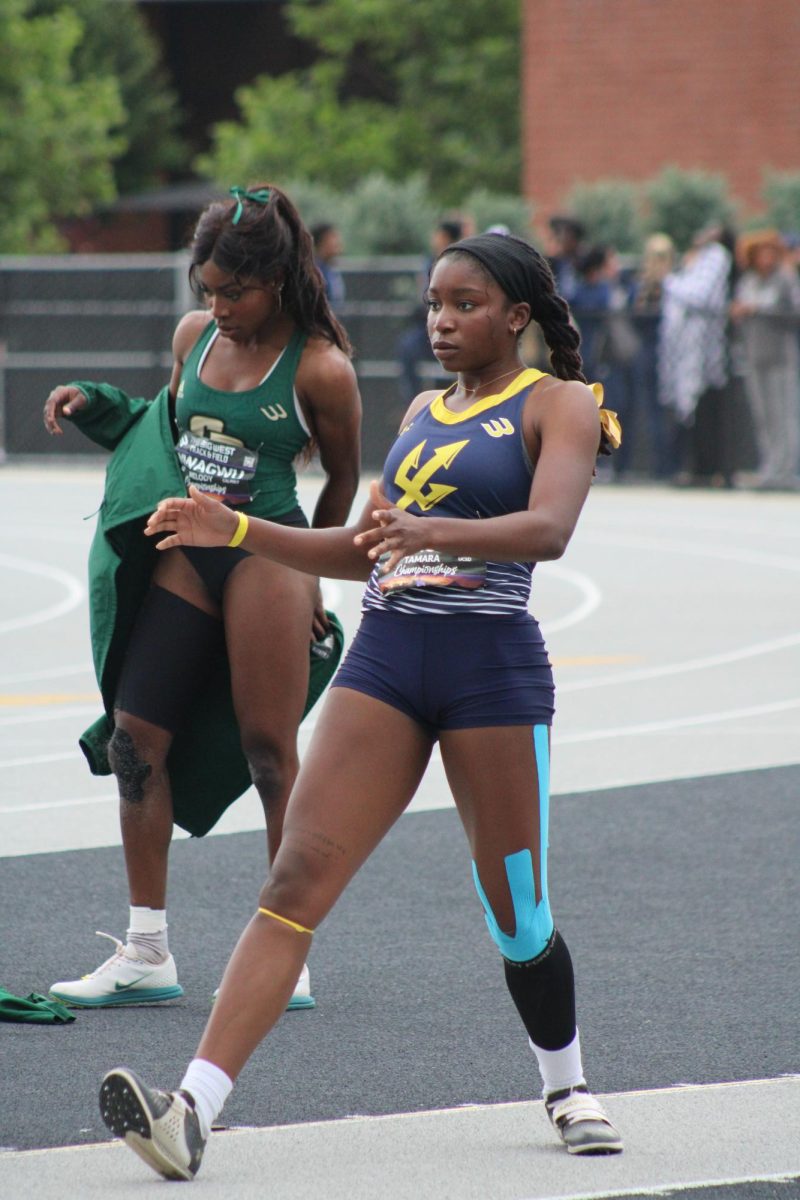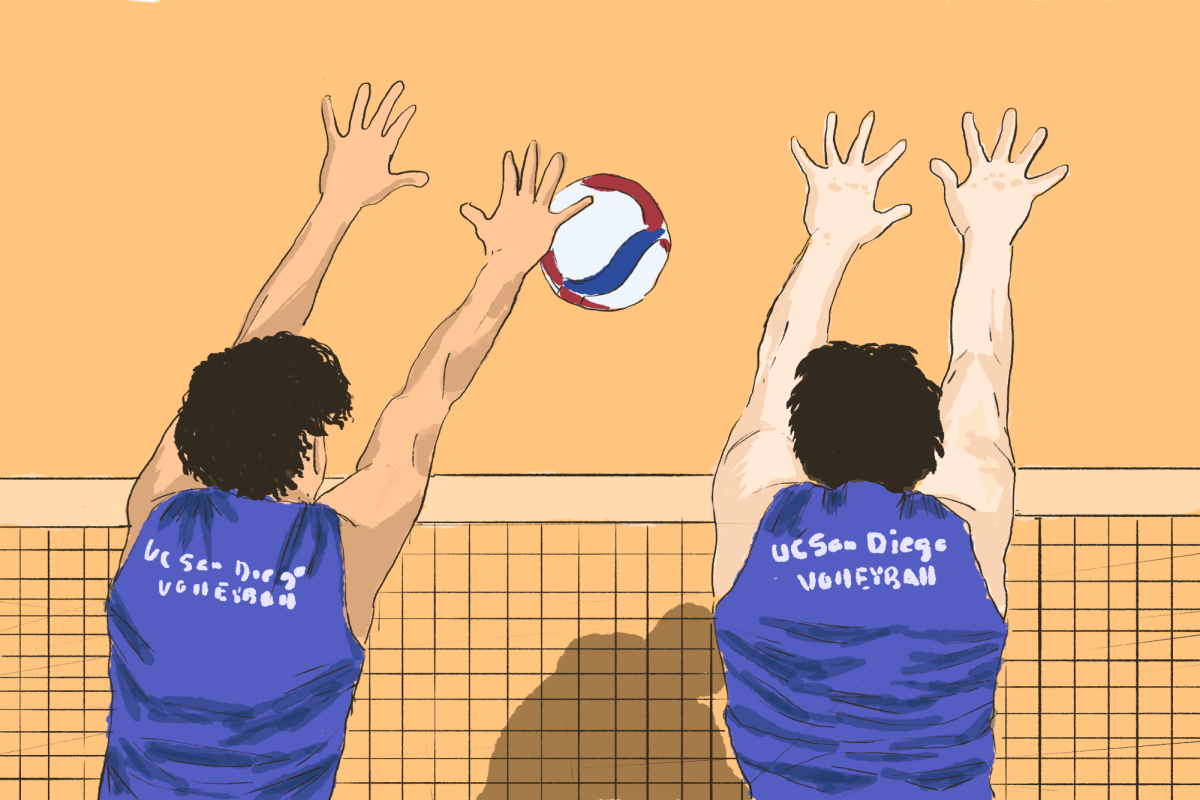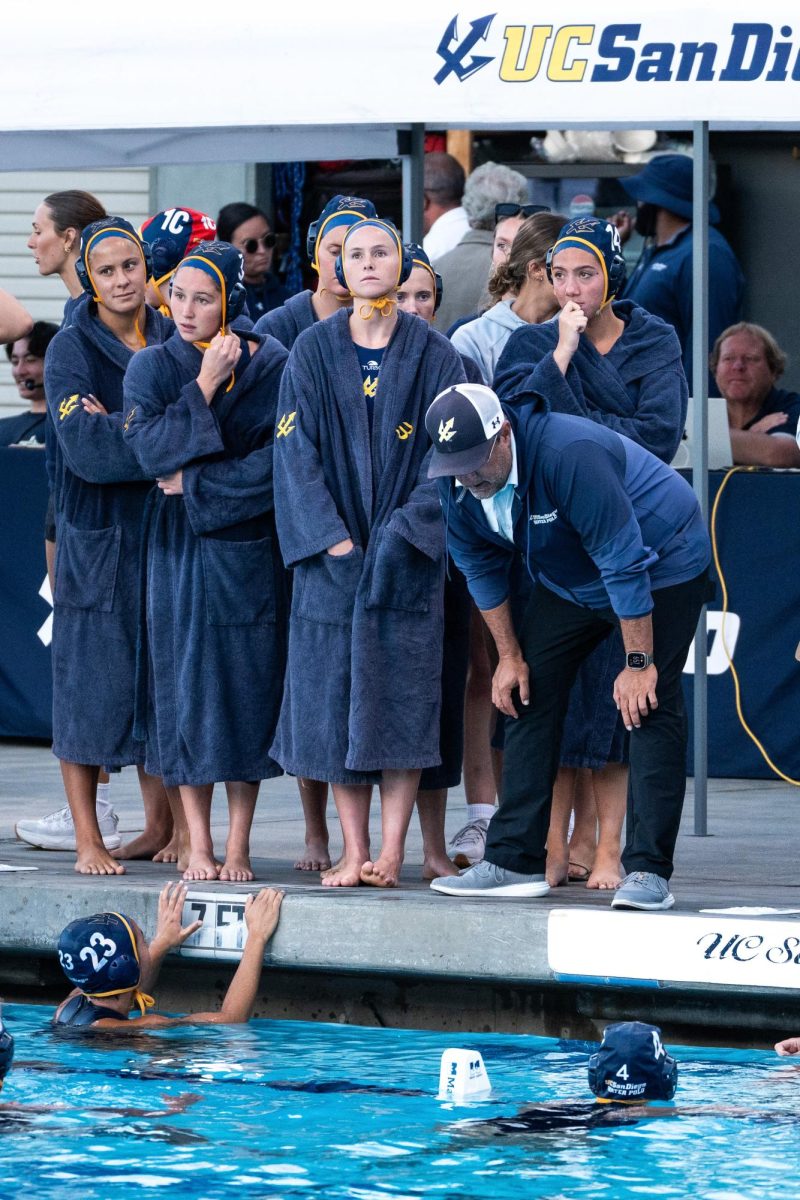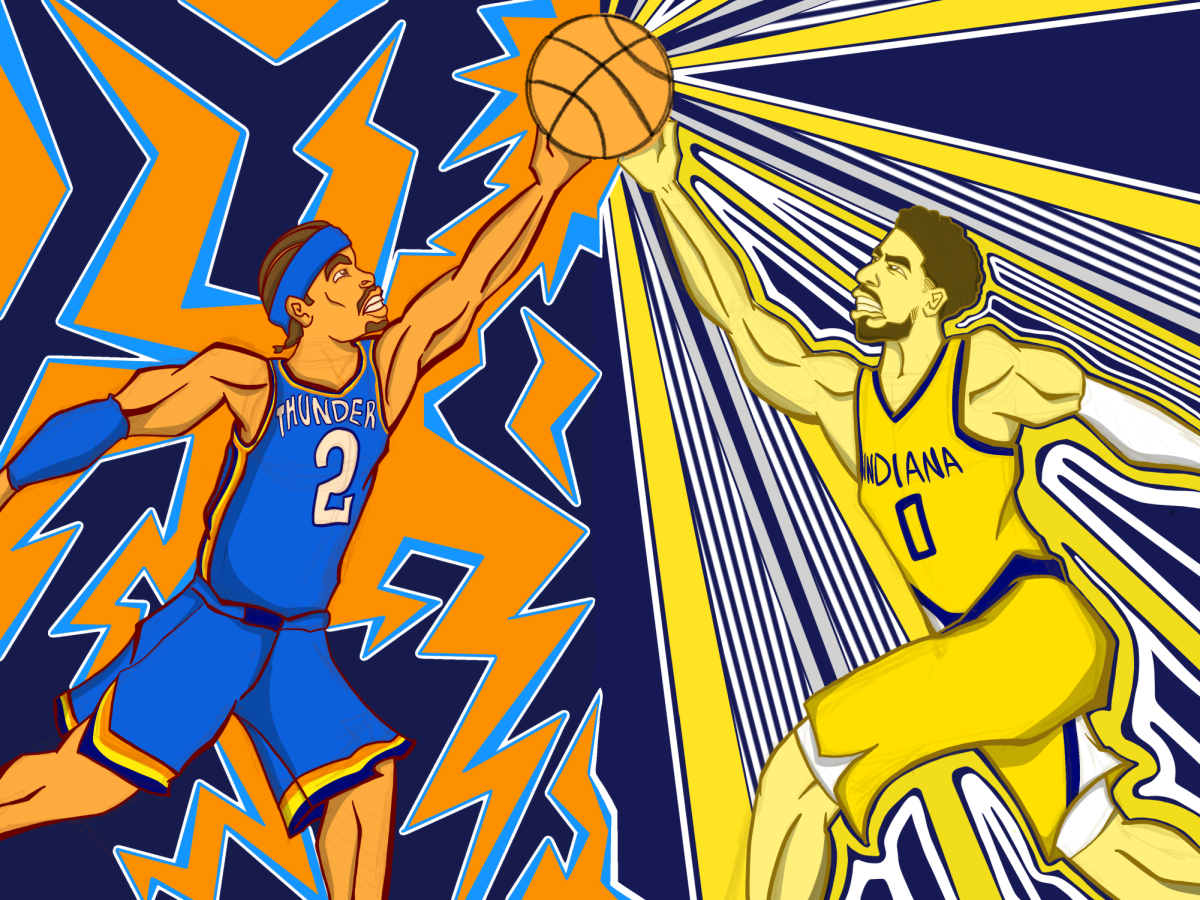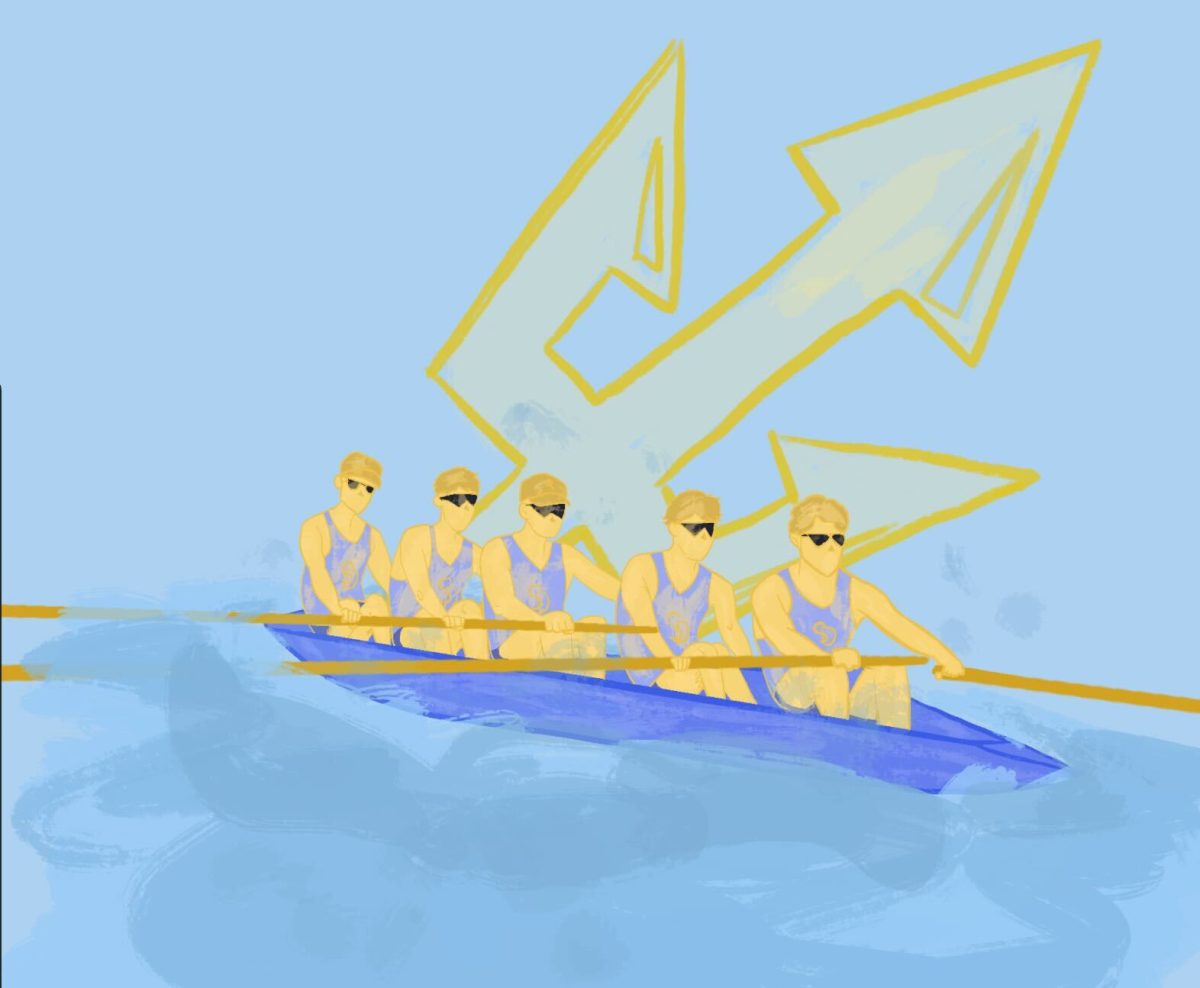The NBA has never really been a balanced league. For teams like the Lakers, Celtics, and Bulls, winning titles was a foregone conclusion at one point or another. But the competitive balance of the league faces a new threat, one that is no longer tied to the dominance of a single player like Jordan, Russell, or Kareem: the superteam. Manufactured in unsanctioned meetings and private player communications, these powerful creations could upend the balance of the NBA for years to come. And worst of all, since these teams are both fueled by factors outside of league control and incredibly valuable to the league’s bottom line, there’s nothing anyone’s doing to stop them.
Before true free agency began in 1988, teams built a roster either through the draft or through trades — both inherently self-balancing institutions. But in the 2010s, spurred on by the creation of the LeBron-Wade-Bosh “Heatles,” more and more contenders were built through a free agency process directed as much by players as by front offices. For teams without the luck to draft a generational star who’ll play for cheap, or the skill to manage a team well enough to create a winning squad over years of rebuilding, the superteam has provided a ticket to the front of the line — but that opportunity isn’t accessible to just any team.
One of the most frustrating parts of the superteam is that the viability of an NBA franchise now rests largely on something they cannot change — their geographic location. Take the Lakers, for example. In the five years prior to LeBron James’ arrival, the team posted an abysmal 126–284 record, all the while dealing with chemistry issues among the players and in the front office. But none of that mattered, because they were the Lakers and they played in Los Angeles, and that’s all LeBron needed to choose them. When teams as incompetent as the Lakers have been this decade are able to attract free agents far better than even the best-run small-market teams like Oklahoma City and Denver, it presents a real issue for the league in the long run.
But even if you’re not a small-market fan, the superteam is still damaging to the strategic appeal of the league. What makes the Lakers so annoying isn’t just that they’re from Los Angeles, but that the team was mostly constructed from scratch within a year. Put another way, not a single player on the current squad was on Kobe Bryant’s final Lakers team just four years ago. Across the country, the Brooklyn Nets, who look to be a contender next season with Kyrie Irving and Kevin Durant, formed their prospective superteam in a span of days; what’s more, the signings required jettisoning the heart of their exciting young core, D’Angelo Russell.
If these trends continue, we’ll no longer see the natural team cycle from rebuilding to contention and back again. Rather, as with LeBron’s old team, the Cleveland Cavaliers, players will join teams en masse, mortgage their futures and cap space for current assets, then leave those teams’ husks by the wayside as they proceed to their next avenue for contention.
As much as the Lakers represent what’s wrong with the league, however, the playoffs in the 2020 NBA bubble have been possibly the best since before the emergence of the Warriors dynasty in 2015; the stakes to the playoffs feel much more real than the seemingly inevitable quartet of Warriors vs. Cavaliers finals from 2015 to 2018. In fact, the emergence of Jimmy Butler, who previously underwent two separate, ill-fated attempts to pair him with existing stars in Minnesota and Philadelphia, as the leader of a team in the Finals speaks volumes about what is still possible for teams that do not or cannot operate in the superteam mold.
However, we make a mistake when we assume that everyone involved wants to see a healthy, competitive league. In fact, NBA television ratings have been highest when the Bulls and Warriors were at the peaks of their dominance, and the international appeal of superteams and their biggest stars, especially in the lucrative Asian market, ensures the league isn’t planning to break up the biggest teams by rule any time soon.
Consequently, the NBA’s response to the superteam trend has been relatively mild. The rules against tampering and collusion, which essentially boil down to “don’t make it public,” are a joke, especially when many of the league’s top players are friendly with each other off the court. The recent introduction of the supermax contract, allowing teams to offer their own players more lucrative extensions than others teams can, has proved ineffectual both in that the additional money pales in comparison to the potential earnings boost of a championship and of playing in a big market, and in that the additional cost just further complicates teams’ cap situations; that isn’t even to mention what happens if that player is to get injured — the Wizards paid John Wall $38.2 million last season to play zero minutes of basketball.
If there’s anything keeping the NBA together, it’s that superteams are often much less than the sum of their parts. The Los Angeles Clippers, considered by many to be title favorites when they signed LA natives Kawhi Leonard and Paul George last summer, were taken down by a Denver Nuggets squad led by a pair of homegrown stars in Jamal Murray and Nikola Jokic; the Clippers struggled with a lack of team chemistry and leadership. The Houston Rockets, who united former MVP’s Russell Westbrook and James Harden, continued to suffer from playoff woes that have troubled them throughout the Harden era. And the Nets, who on paper have paired one of the league’s most explosive point guards with one of the greatest scorers of all time, may win a lot of games, but they’ll also almost certainly be a hot mess next season.
Even with the rise of the orchestrated superteam, the future of the NBA is far from certain. Much of it rests on the young shoulders of two-time reigning MVP Giannis Antetokounmpo, who will decide this offseason whether to stay with Milwaukee or test free agency next year. But in an NBA landscape where legacies are increasingly tied to championship rings, it’s no surprise so many players are banding together to improve their odds — can we really say they’re being given any reason not to?
Art by Kalo Grimsby


